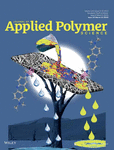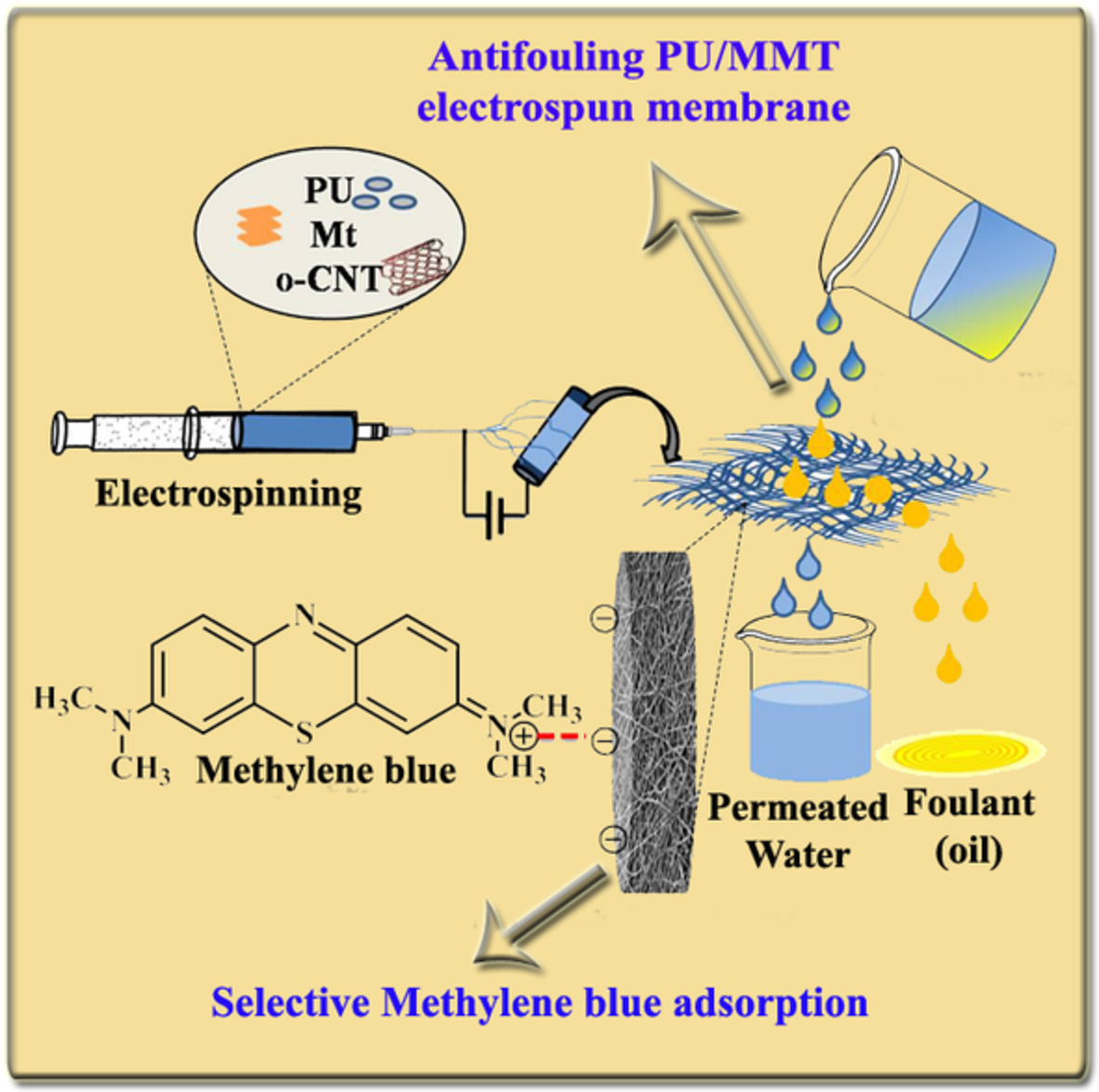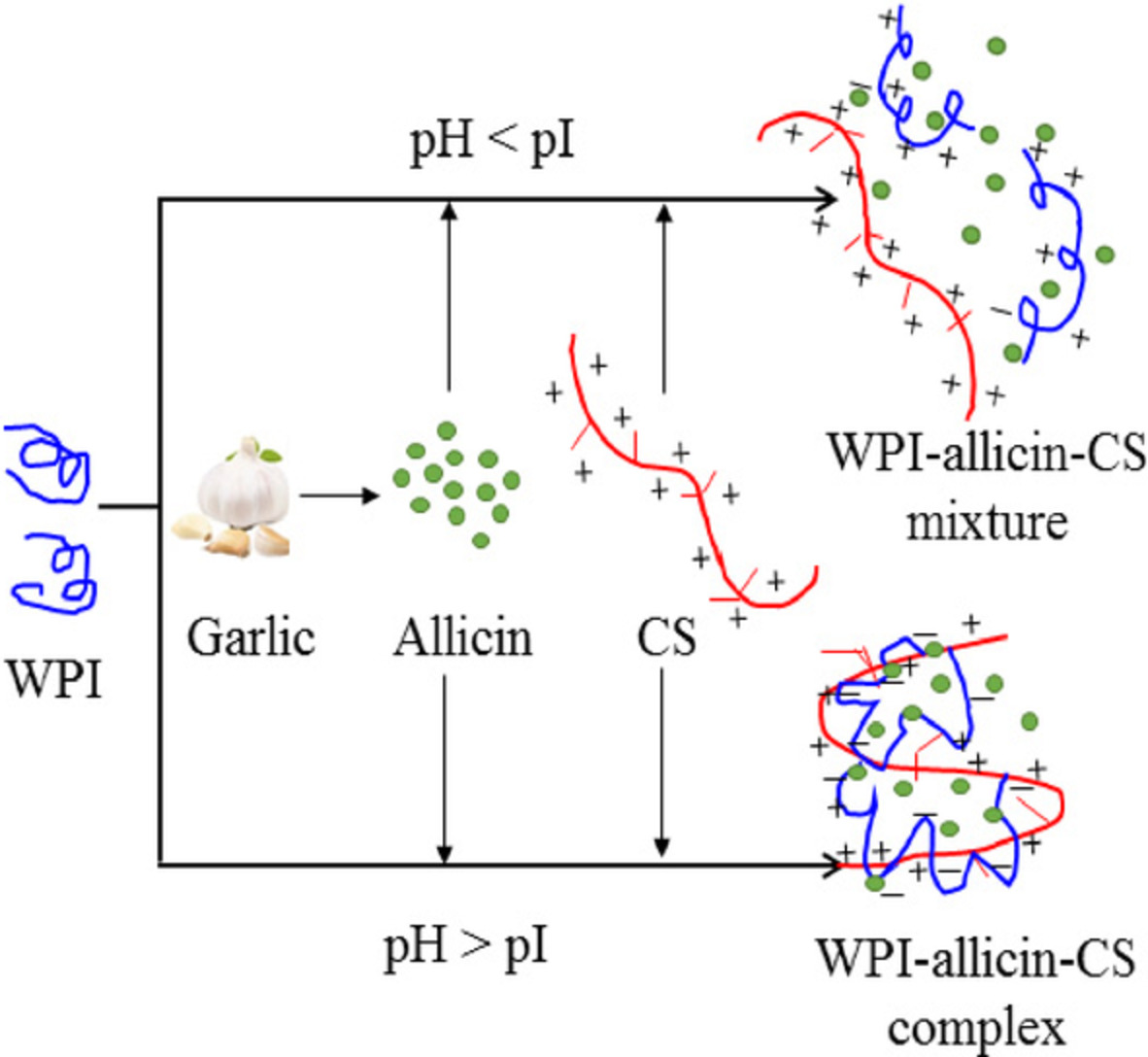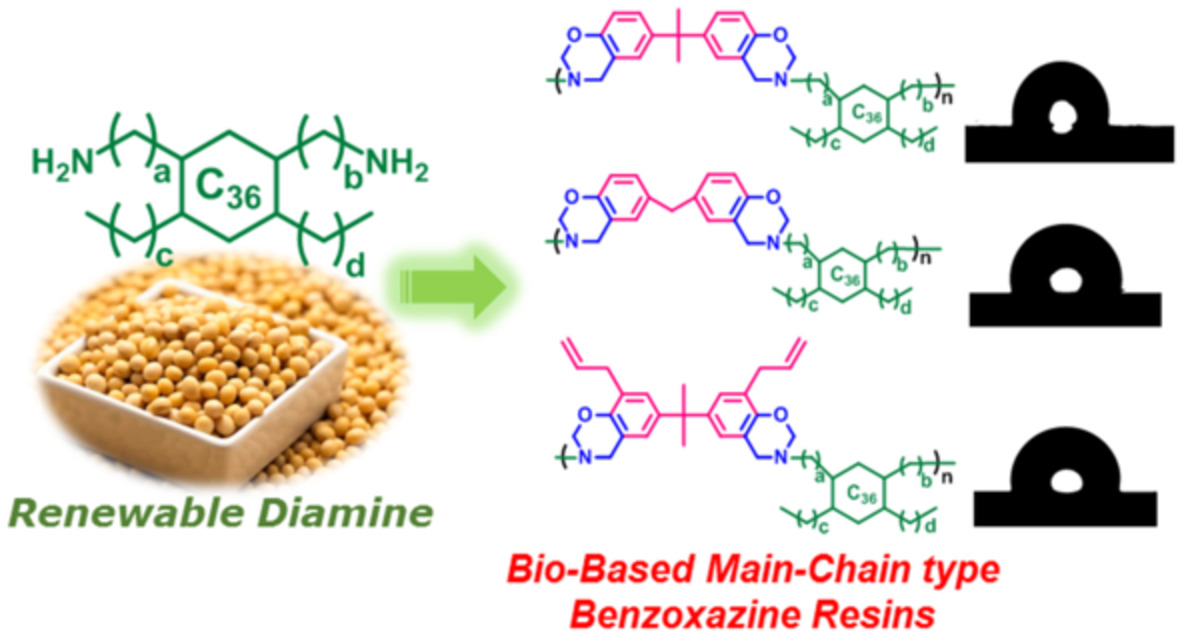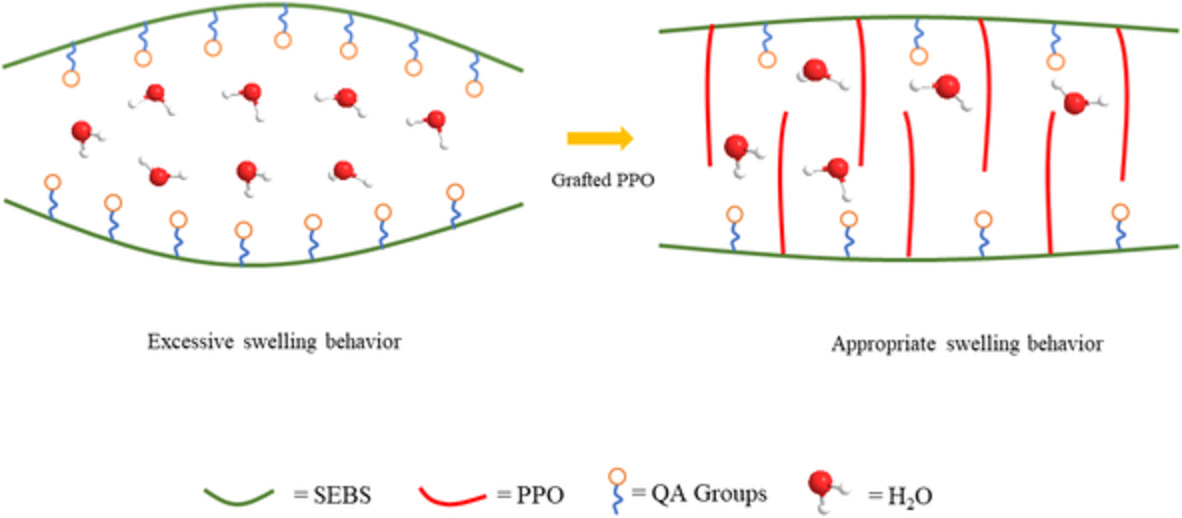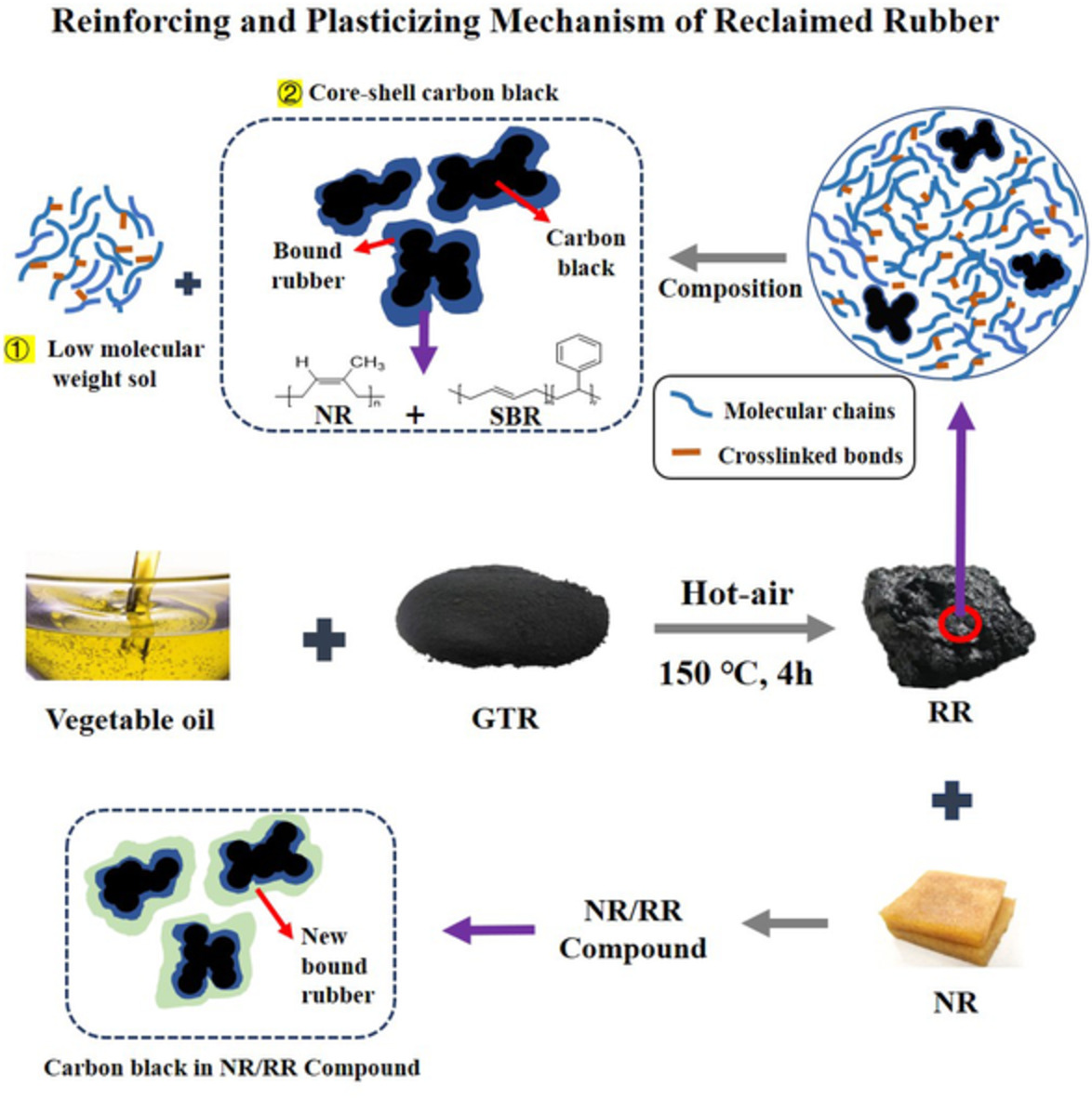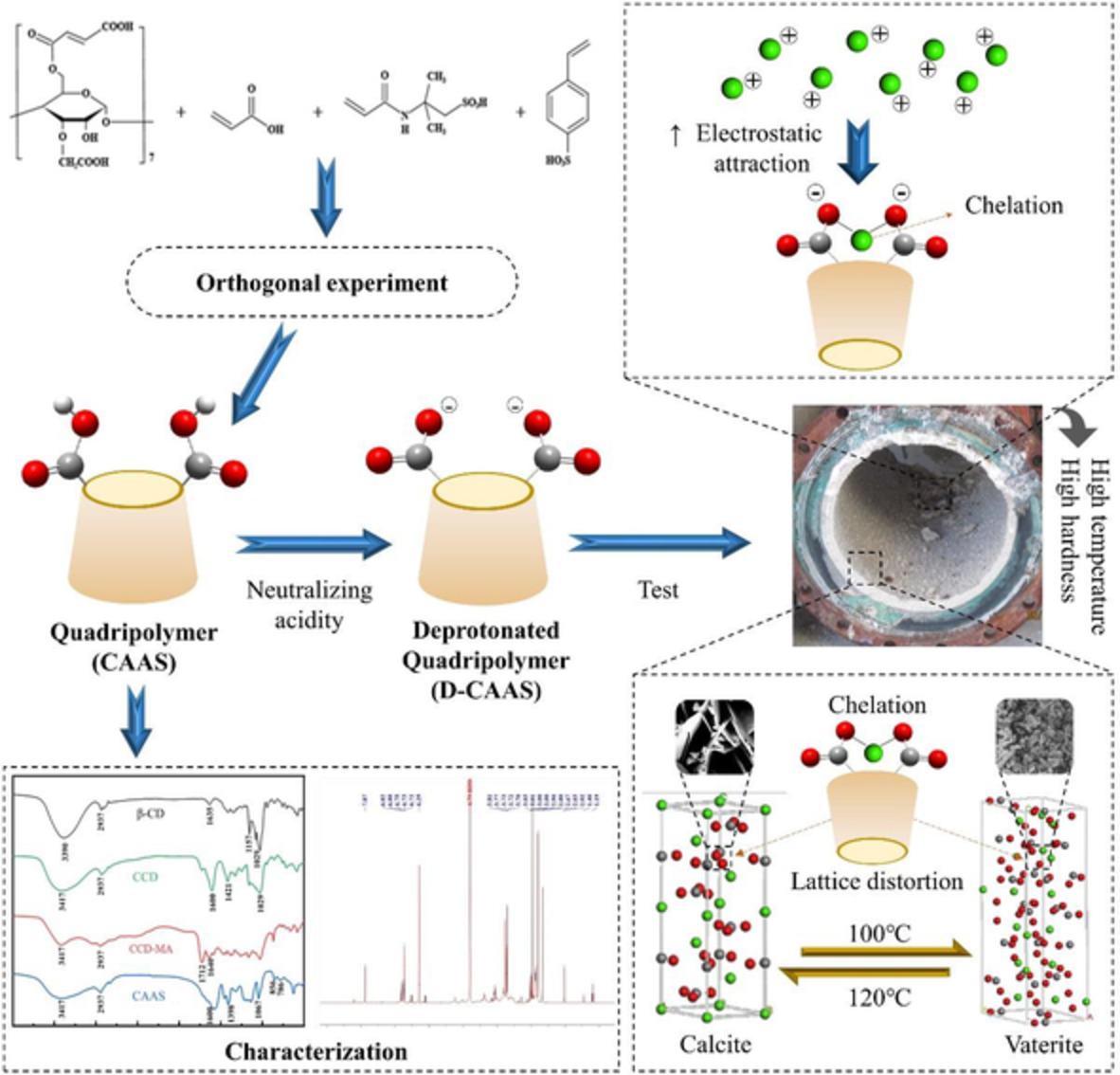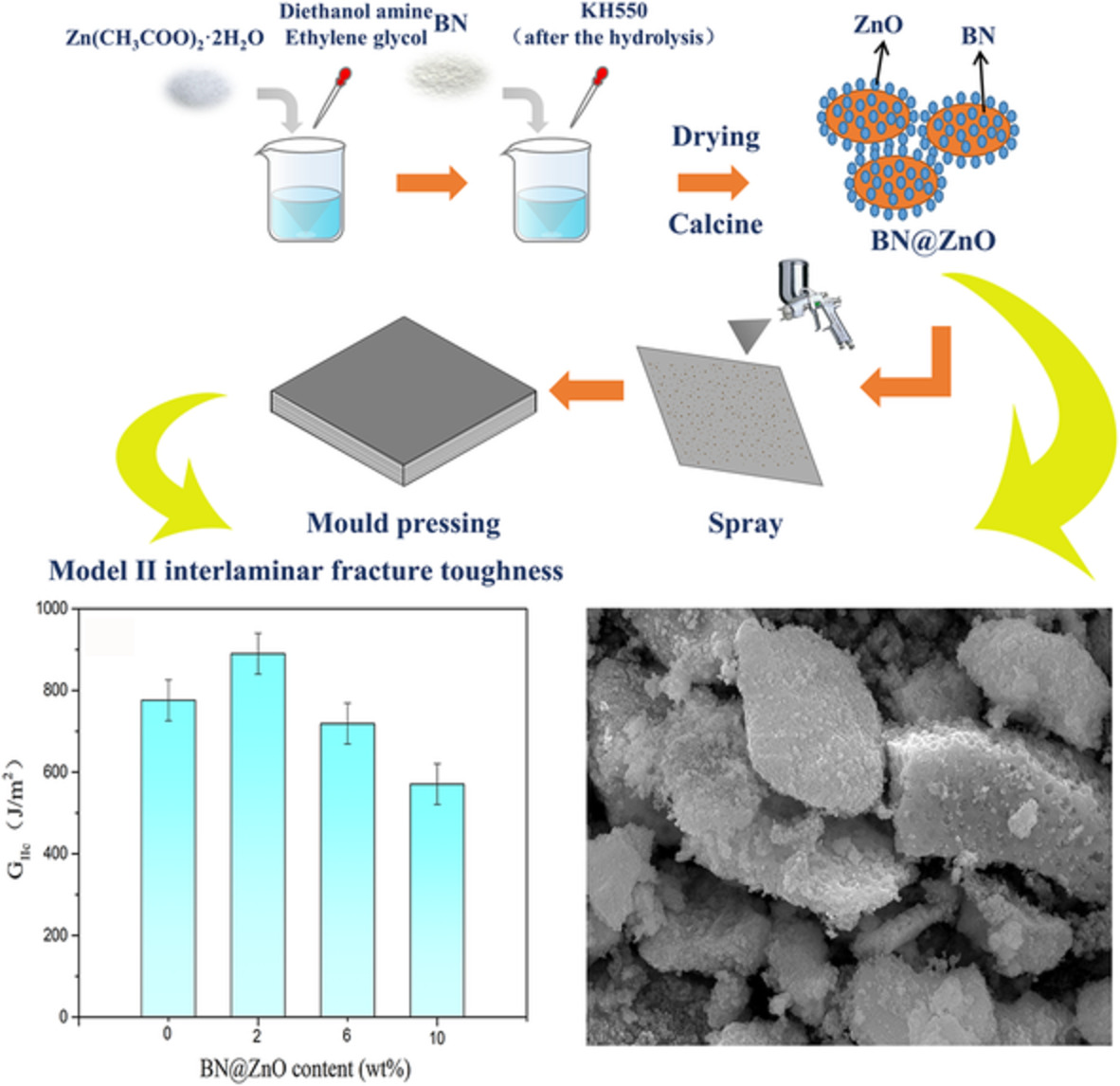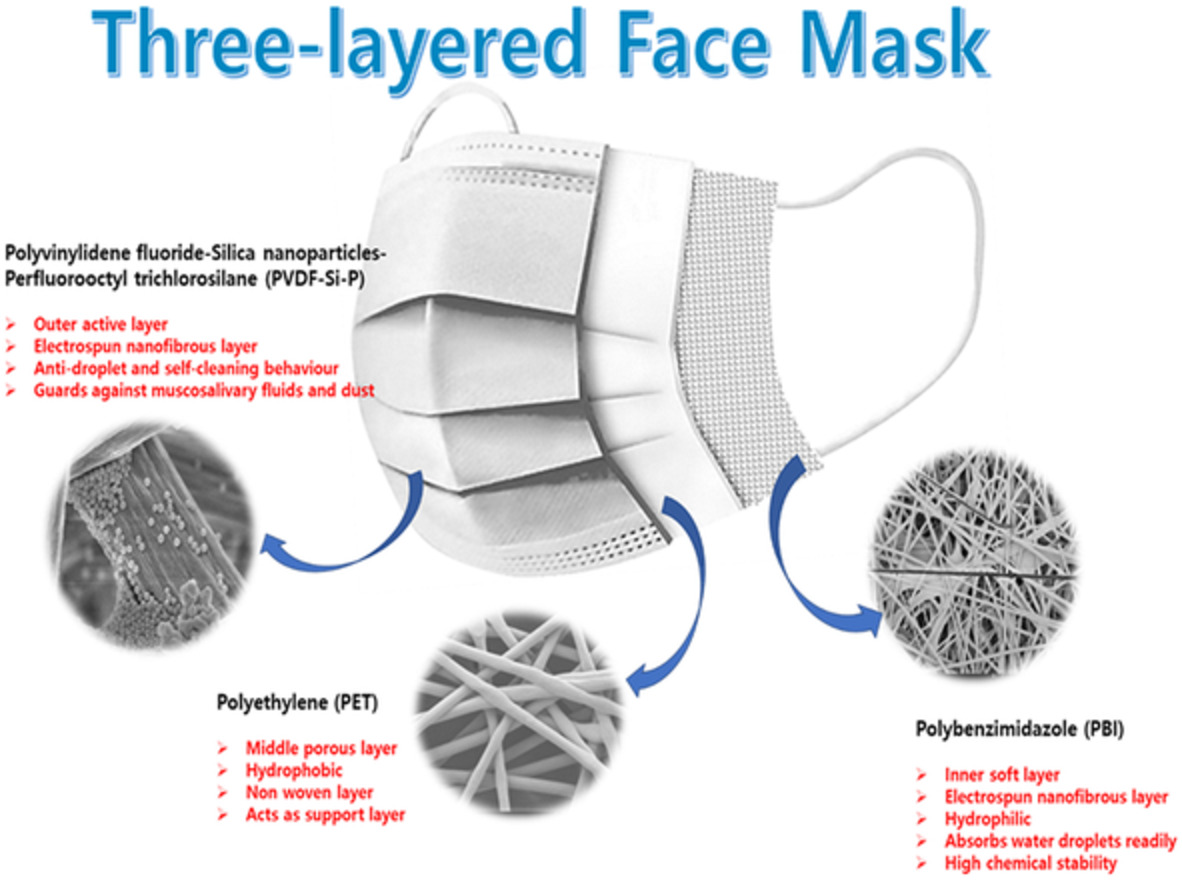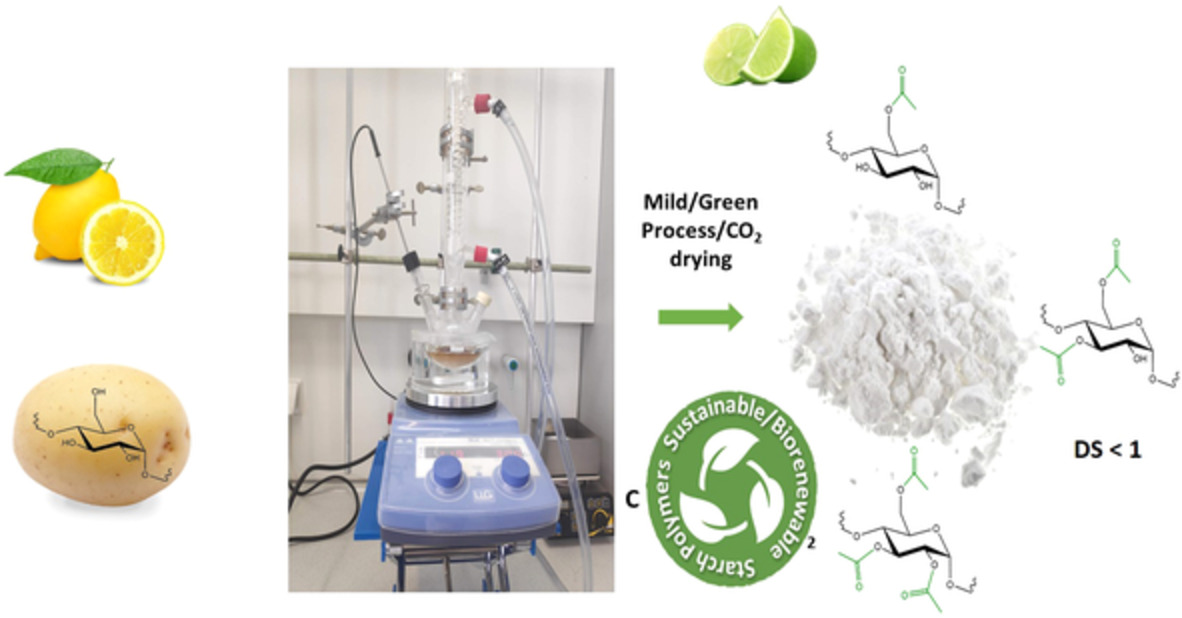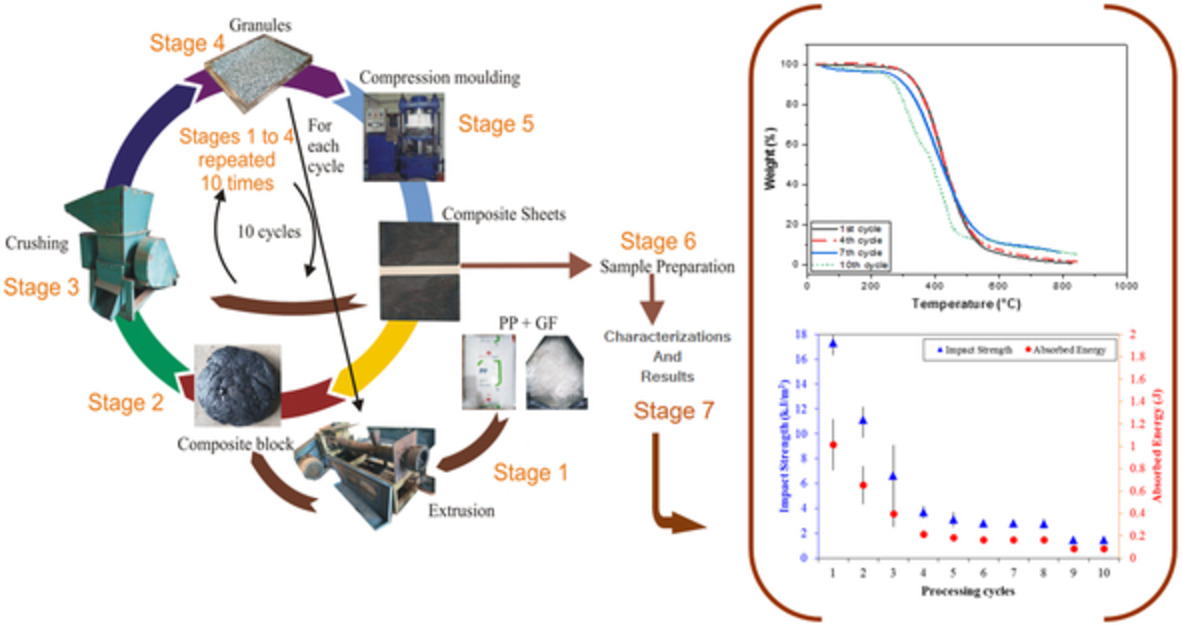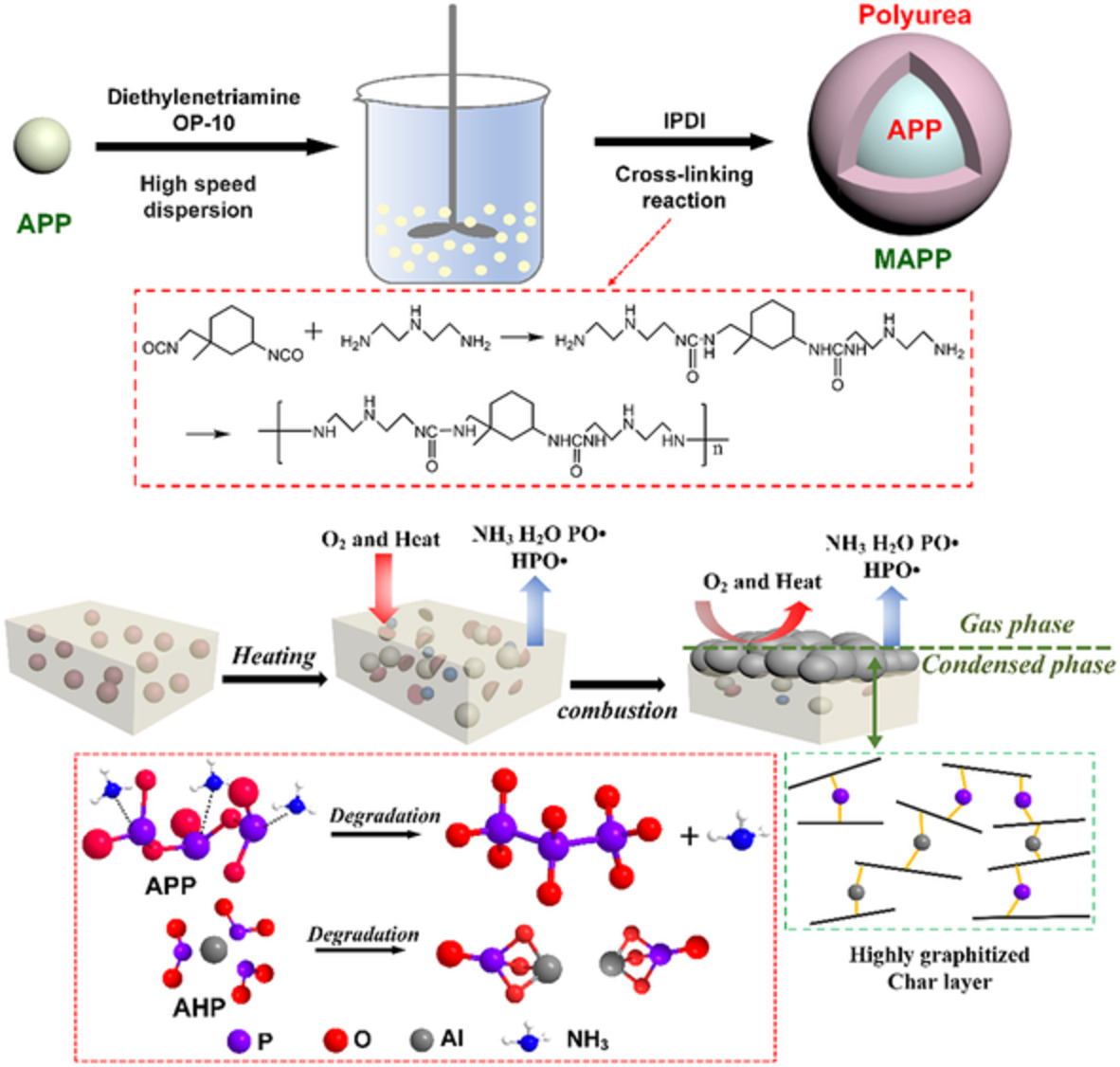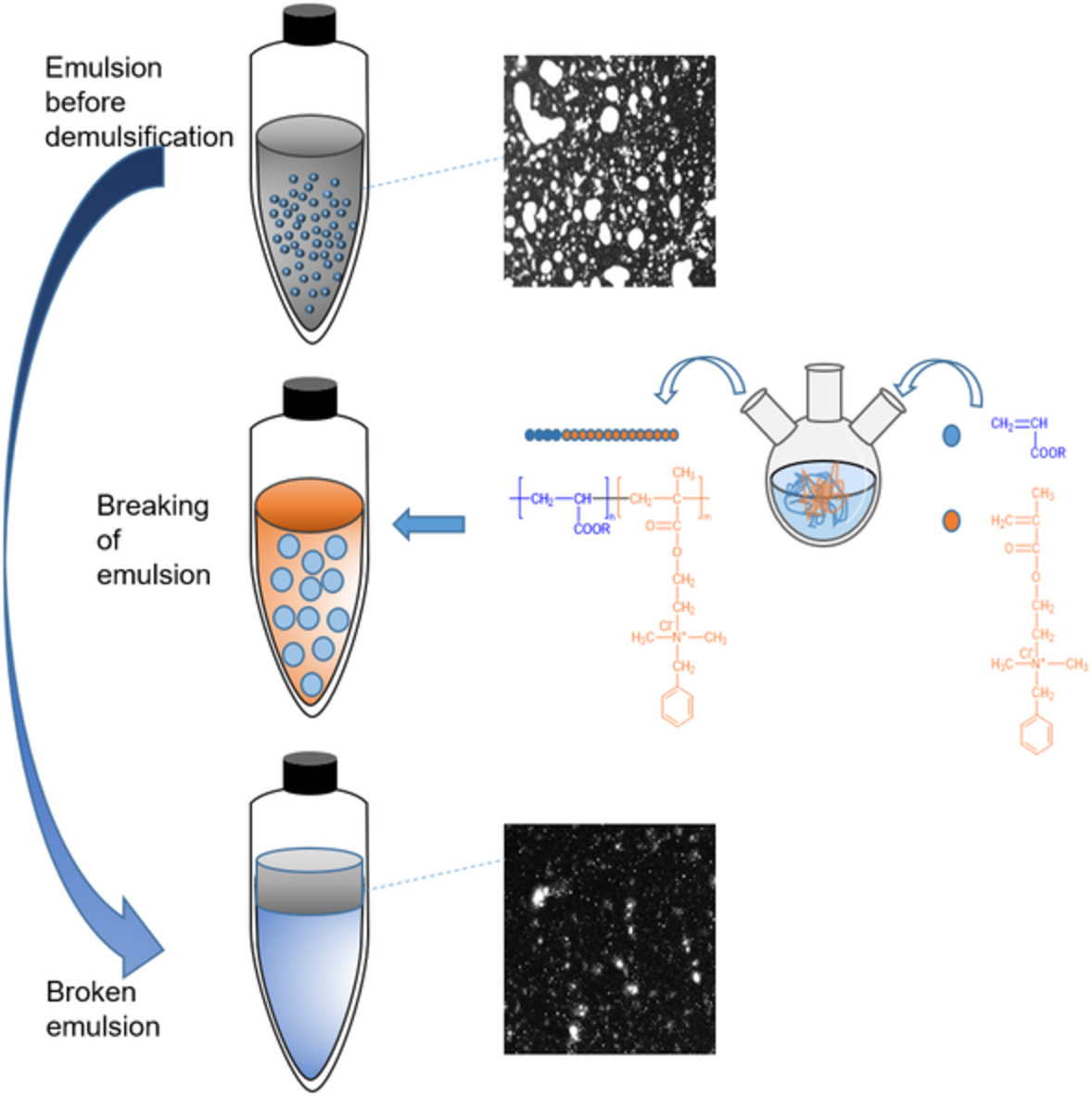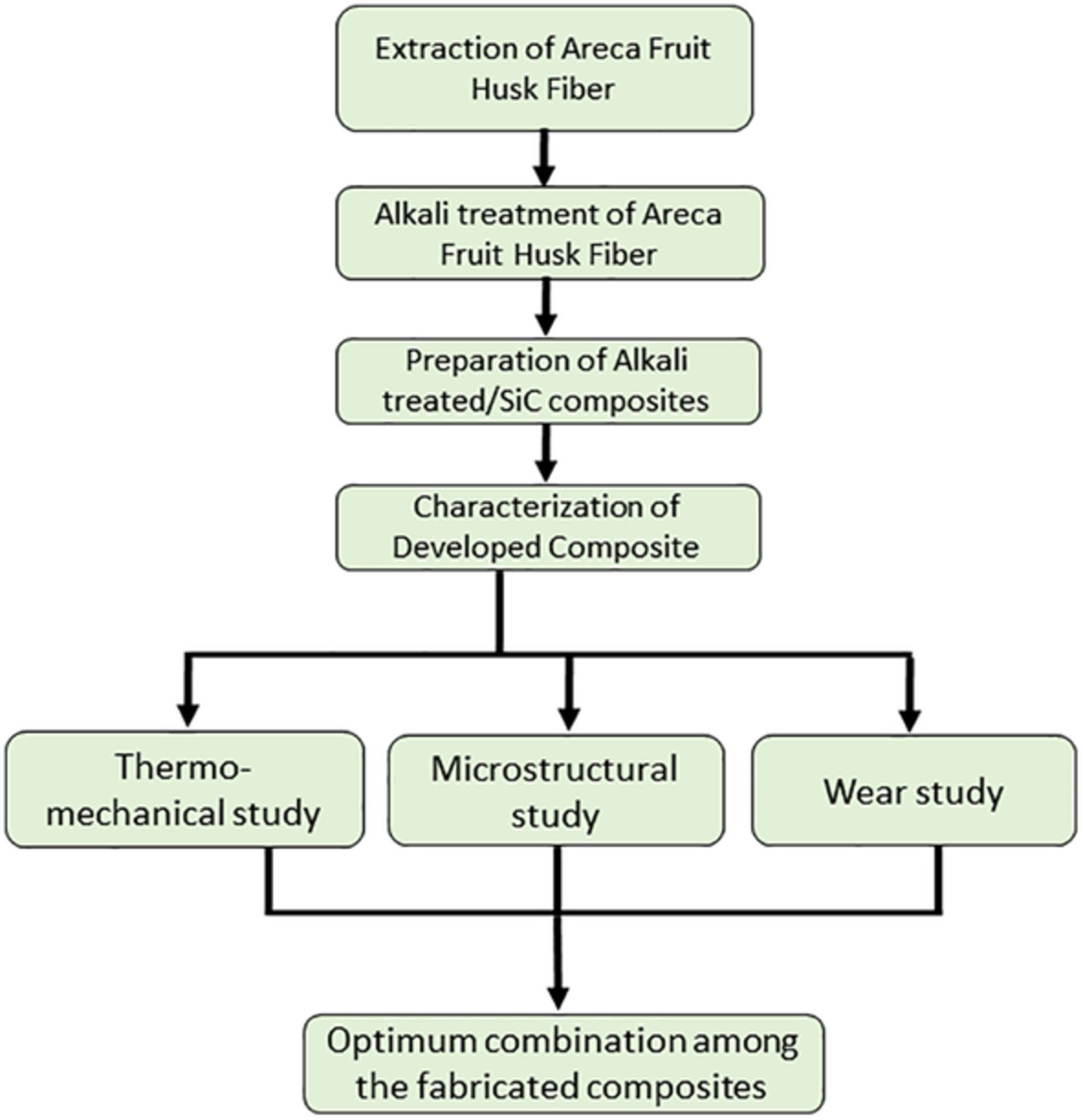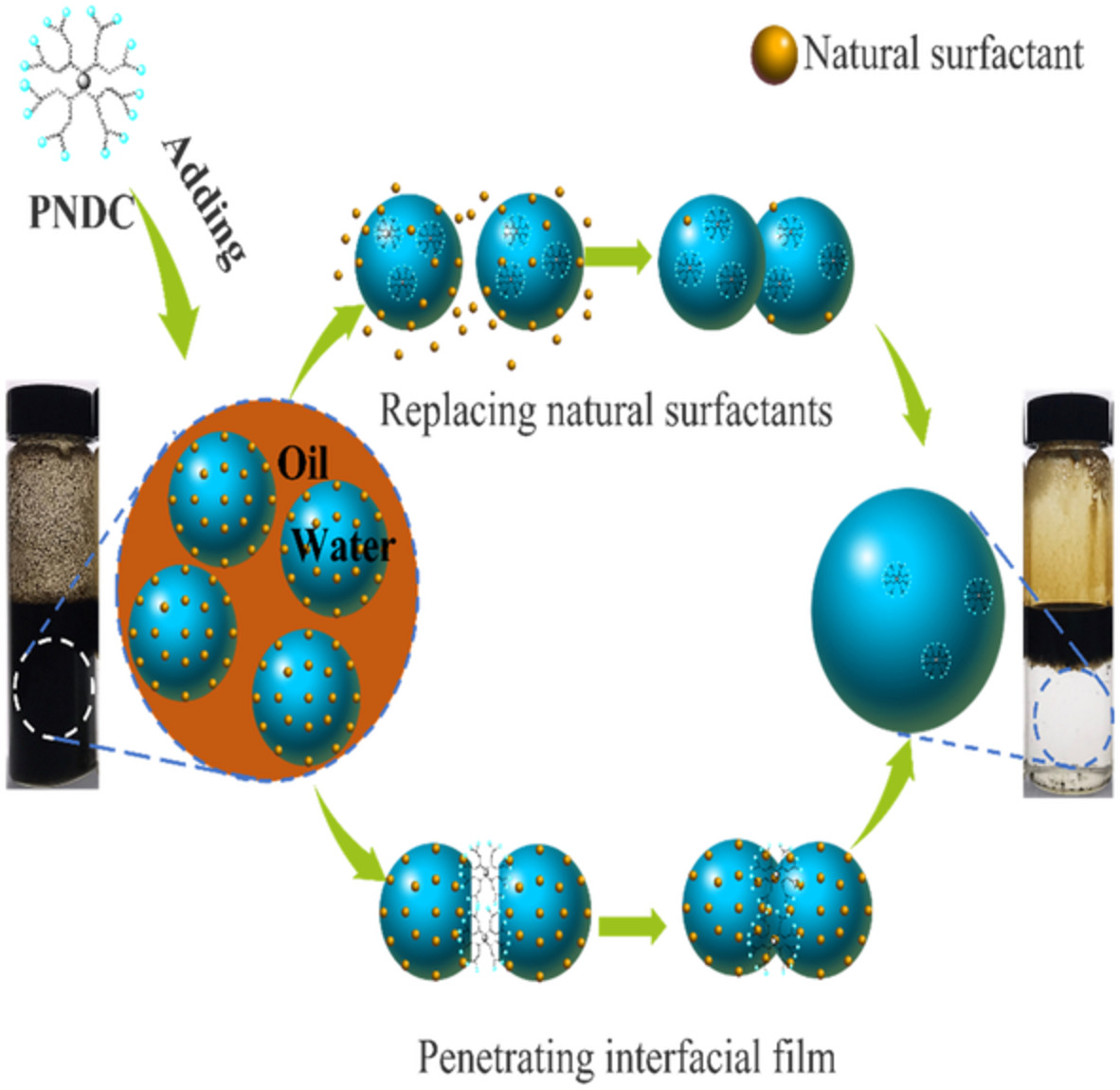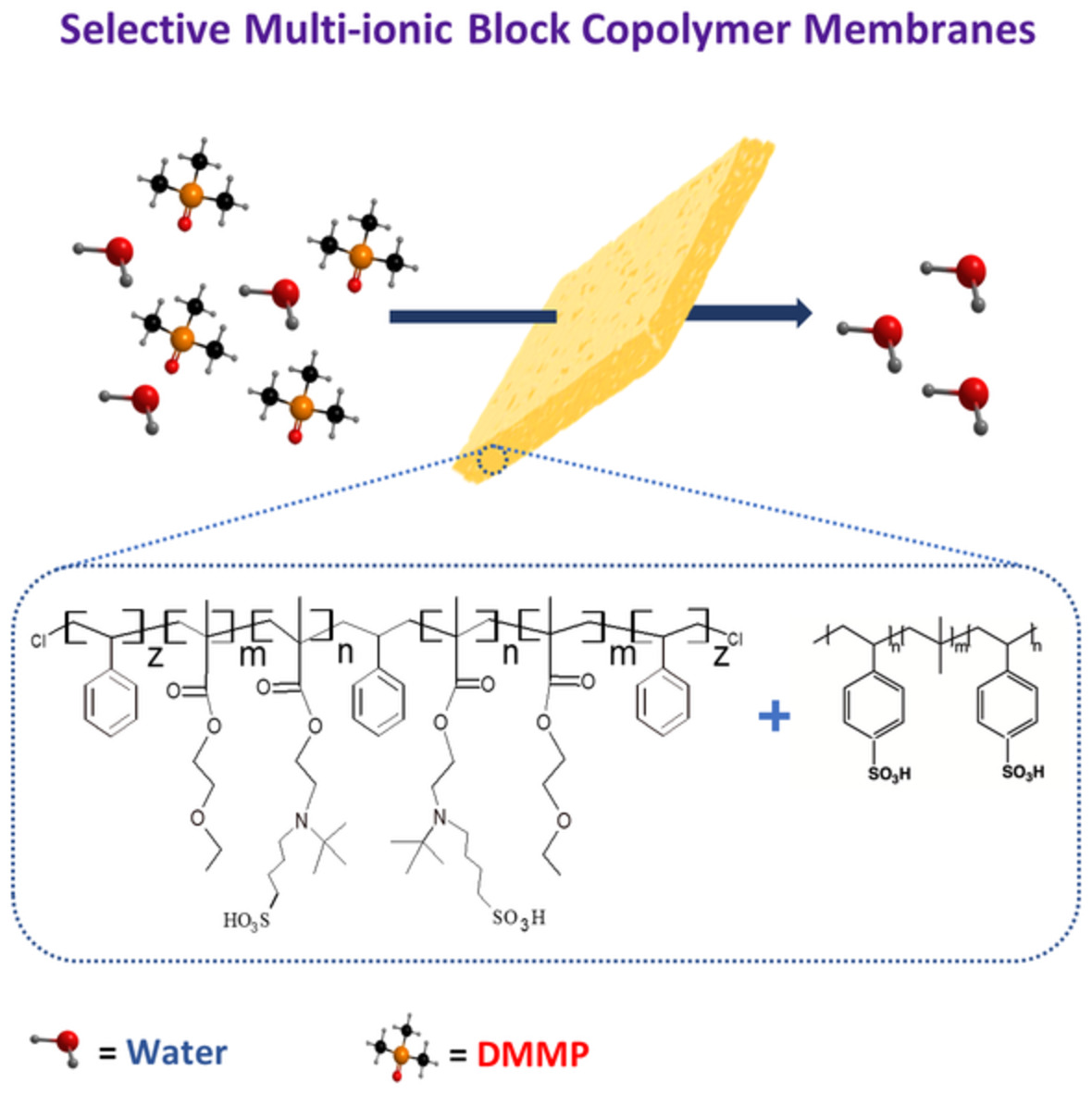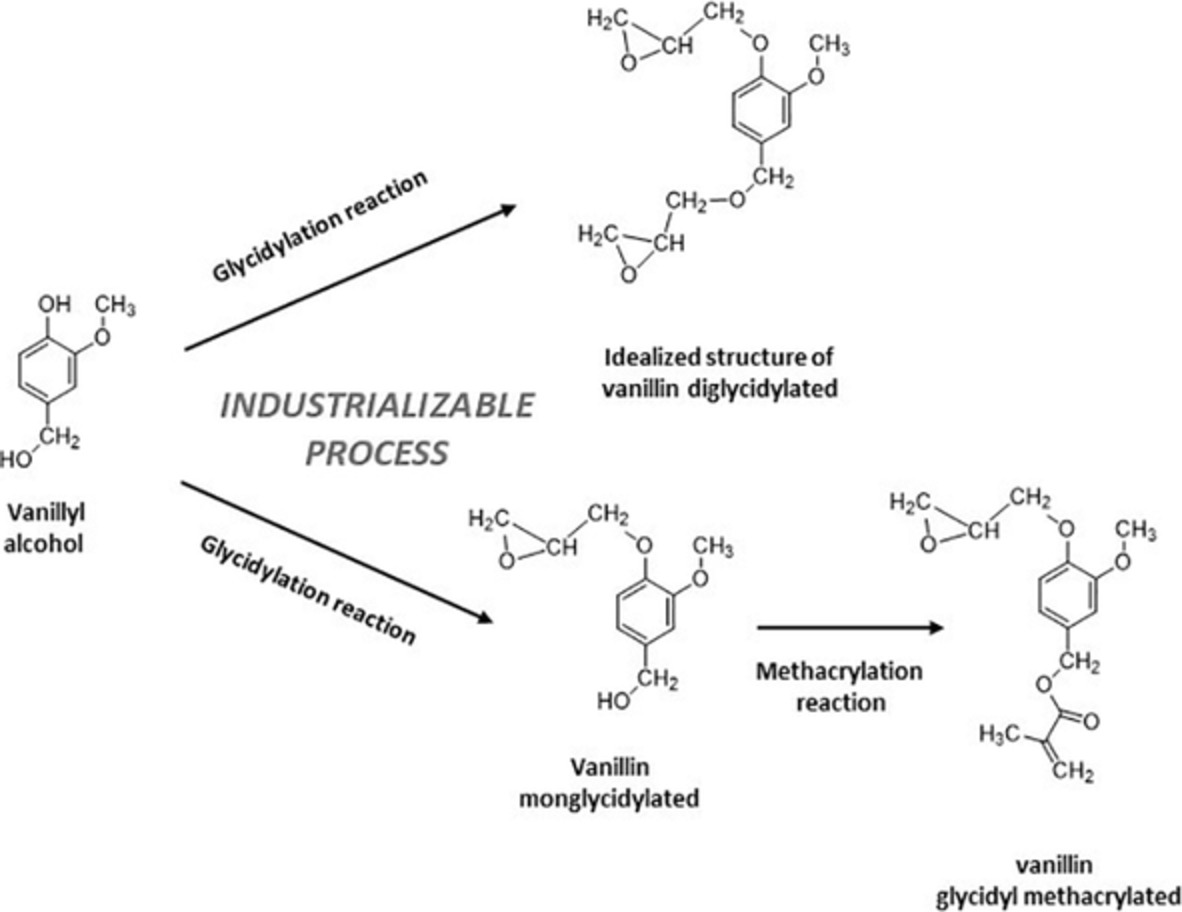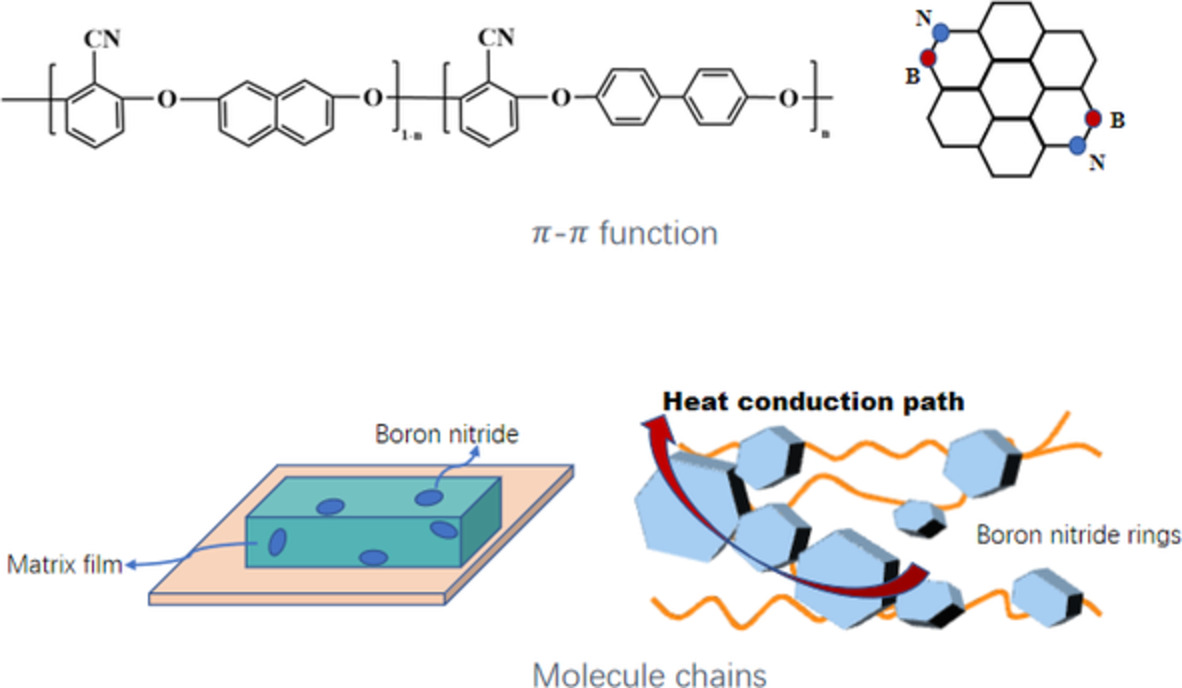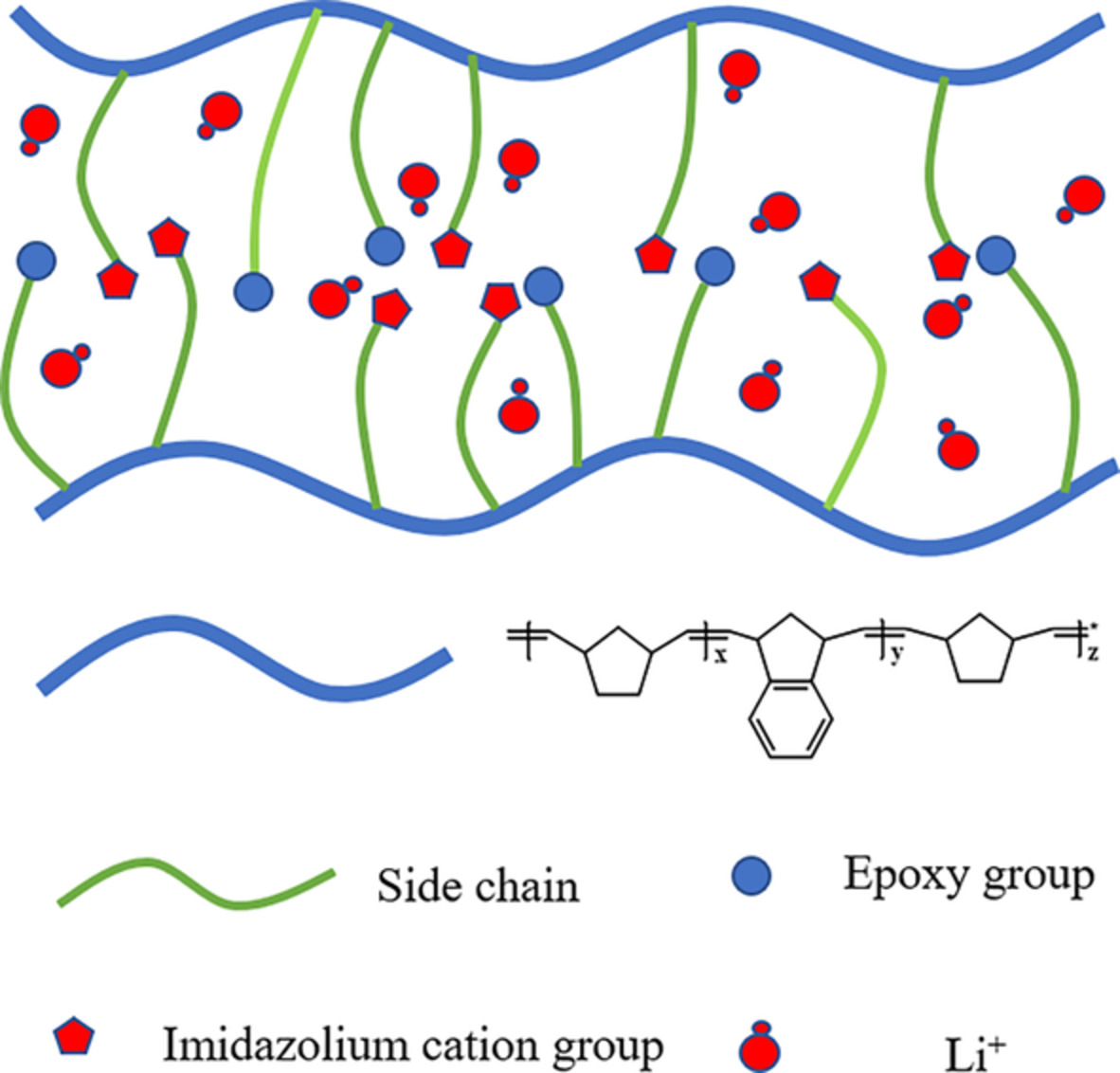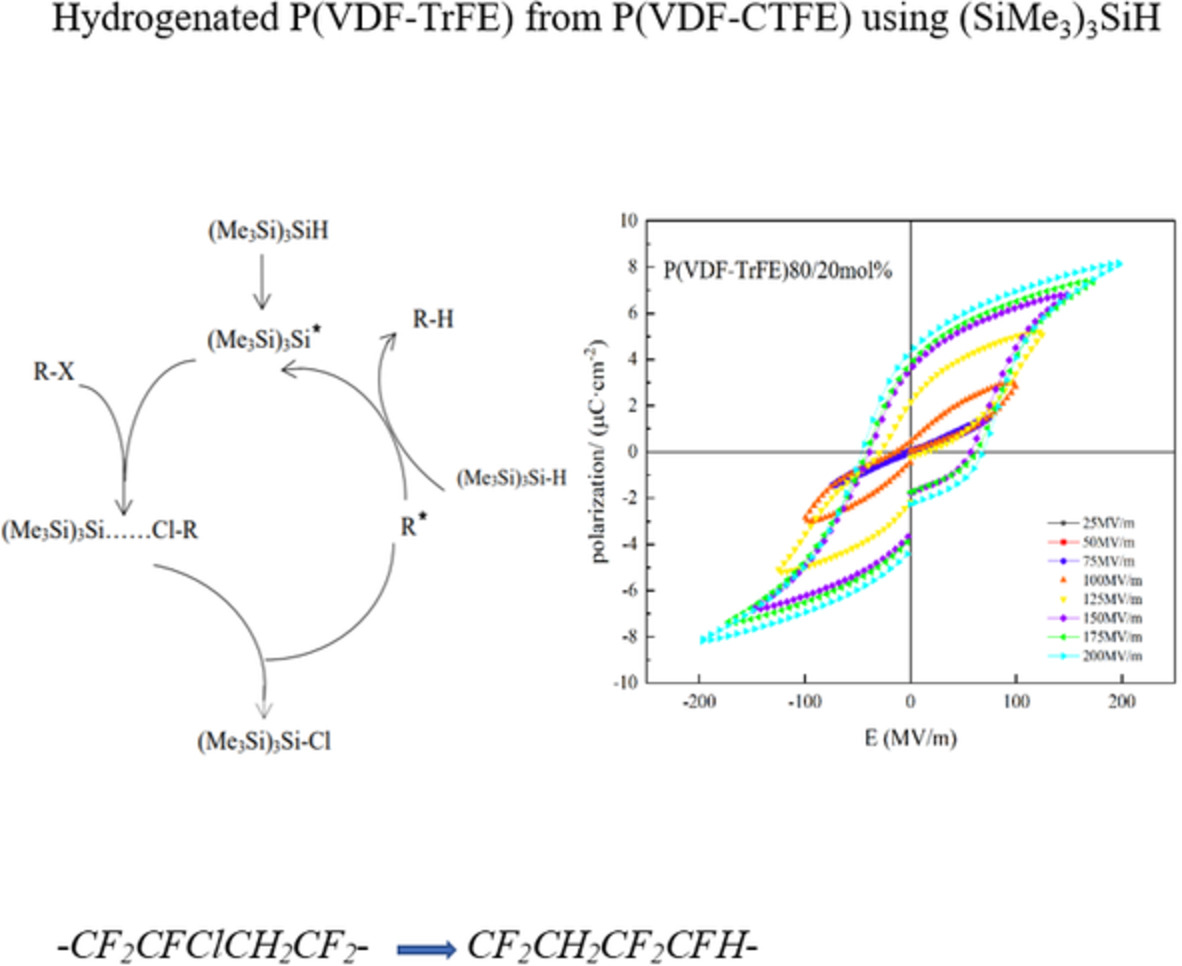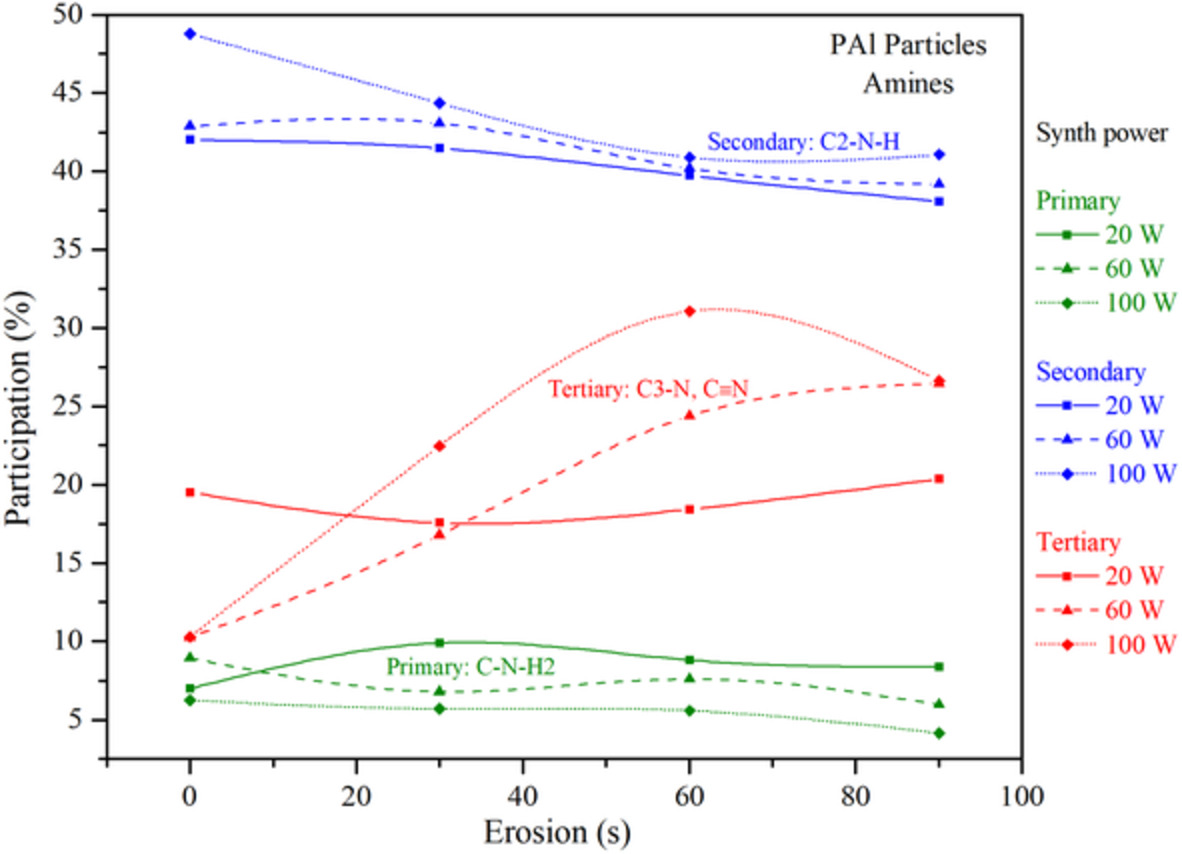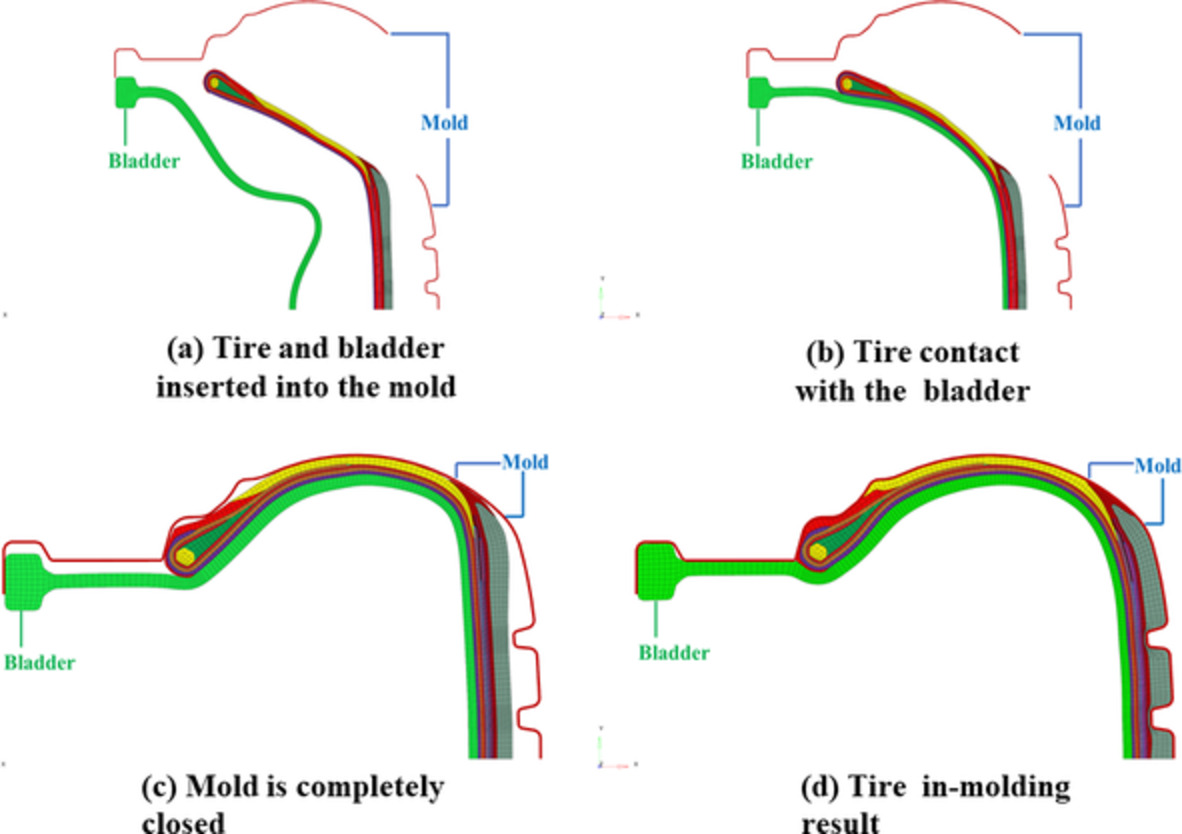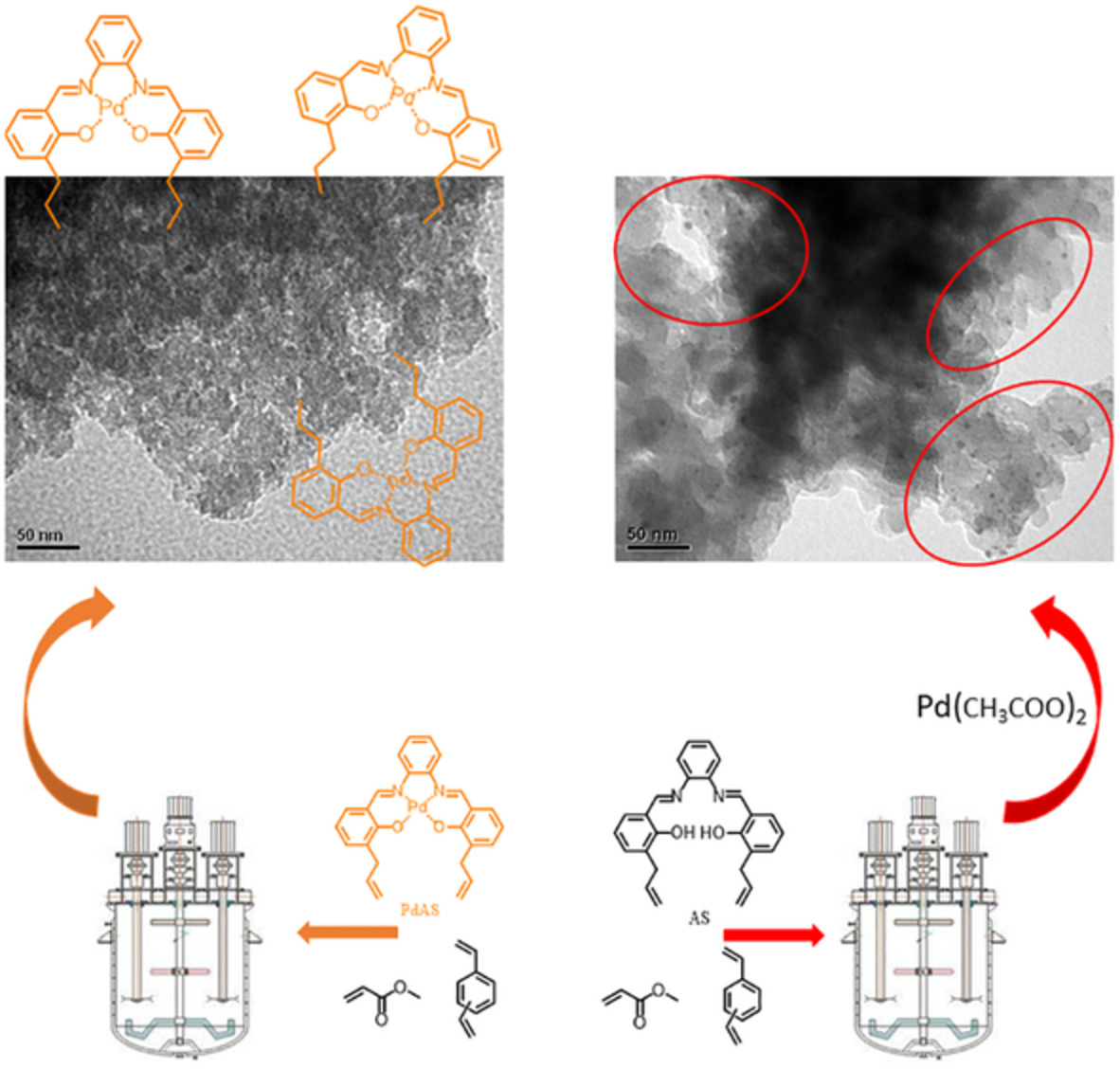Journal list menu
Export Citations
Download PDFs
COVER IMAGE
Cover Image, Volume 140, Issue 10
- First Published: 01 February 2023
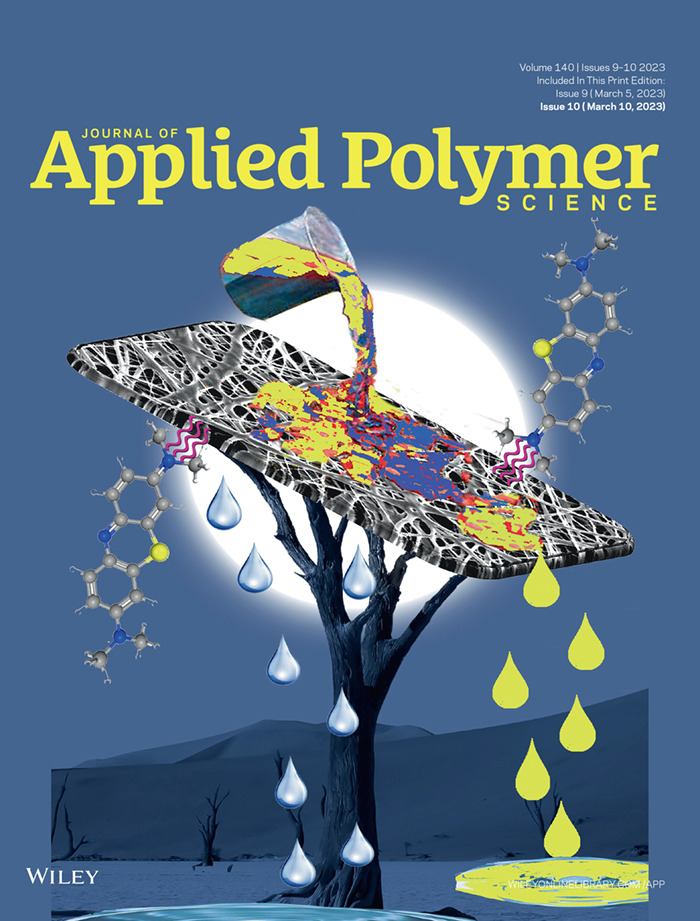
The cover image by Juraij Kandiyil, Suni Vasudevan, and Sujith Athiyanathil shows the antifouling and selective methylene blue adsorption properties of polyurethane/montmorillonite-based electrospun composite membranes (PU/MMT). The optimized membrane showed water permeation with a high water flux of 4029 Lm−2hr−1, significant oil rejection, a better flux recovery ratio, and a maximum MB adsorption capacity (qm) of 112.35 mg/g. The developed, antifouling electrospun composite membrane opens a new avenue for the water treatment process. DOI: 10.1002/app.53464
ISSUE INFORMATION
RESEARCH ARTICLES
Efficient selective methylene blue adsorption by polyurethane/montmorillonite-based antifouling electrospun composite membranes
- First Published: 01 December 2022
Rapid gelation of dual physical network hydrogel with ultra-stretchable, antifreezing, moisturing for stable and sensitive response
- First Published: 09 January 2023
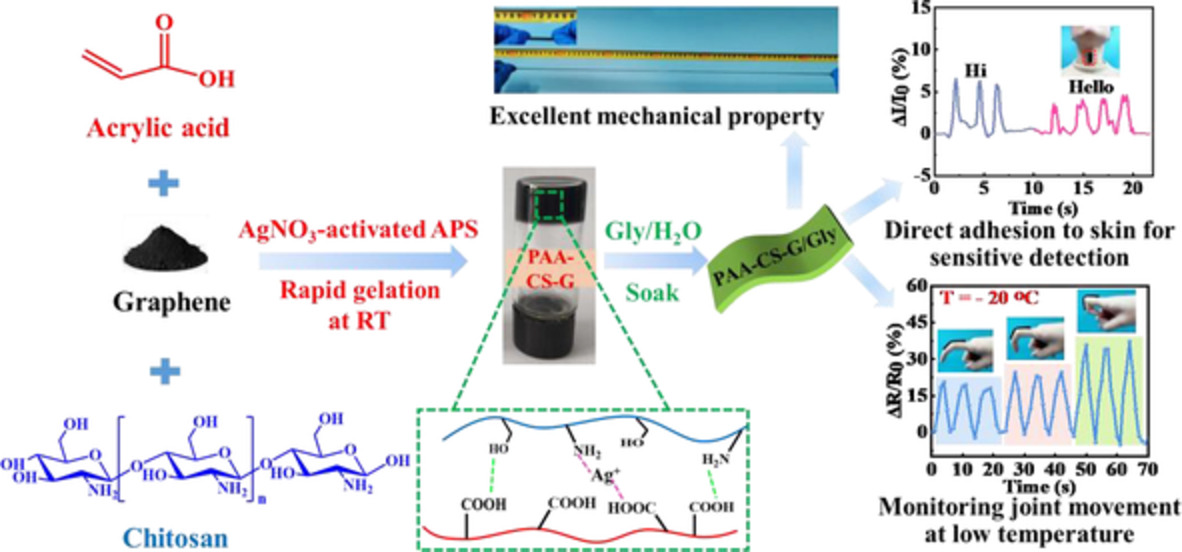
Dual physical network hydrogels were prepared rapidly at room temperature without the use of chemical cross-linking agents. The hydrogel is ultra-stretchable, tough, antifatigue, antifreezing and moisturing. Graphene was dispersed well in this hydrogel. The sensor with good adhesion and sensitivity ensures stable, reliable monitoring. Moreover, this sensor can monitor human size movement flexibly under extreme conditions.
Development of a novel epoxy resin based on epoxidized chia oil as matrix and maleinized chia oil as bio-renewable crosslinker
- First Published: 31 December 2022
Unique graphene-carbon black hybrid nanofiller by a micromechanical cleavage technique as a reinforcing agent in elastomers: Fundamental and experimental studies
- First Published: 04 January 2023
Fabrication of whey protein isolate/chitosan complexes and its protective effect on allicin
- First Published: 30 December 2022
Insight into the structure and mechanical performance of high content lignin reinforced poly (vinyl alcohol) gel-spun fibers via the regulation of esterified hydrophilic lignin composition for better sustainability
- First Published: 04 January 2023

Lignin is a cost-effective renewable reinforcement material for composite fibers. This work investigates the possibility of employing bio-based high content lignin mixture by the regulation of ML composition for the reinforcement of high-performance poly (vinyl alcohol) fibers to achieve better sustainability with no sacrifice of fiber properties.
Synthesis of bio-diamine derived main-chain type benzoxazine resins with low surface free energy
- First Published: 30 December 2022
Anion exchange membranes based on poly (styrene-b-(ethylene-co-butylene)-b-styrene) grafted poly (2,6-dimethyl-1,4-phenylene oxide)
- First Published: 30 December 2022
Reinforcing and plasticizing effects of reclaimed rubber on the vulcanization and properties of natural rubber
- First Published: 30 December 2022
A novel and efficient CaCO3 scale inhibitor in high-temperature and high-salinity geothermal systems: A deprotonated quadripolymer
- First Published: 12 January 2023
The improved low-field electro-actuation of dielectric elastomer composites regulated by entirely-inorganic BaTiO3@TiO2 core-shell construction
- First Published: 04 January 2023
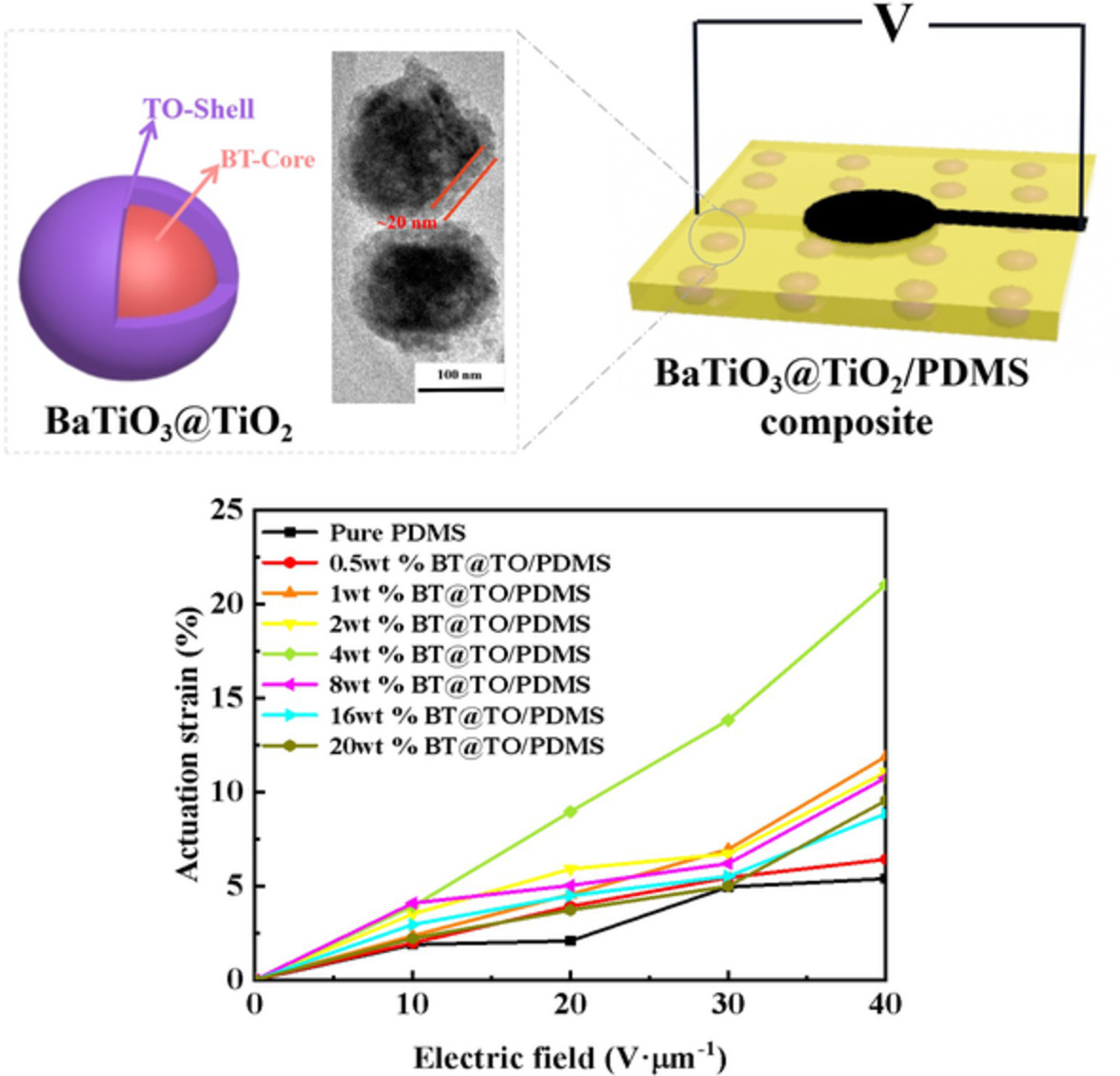
The BaTiO3@TiO2 core-shell construction endows DE composites with an enlarged heterogeneous interface and enhanced interfacial polarization synchronously, which is also benefit to maintain the flexibility of DE materials. The buffer effect offered by TiO2 shell is helpful to alleviate the local electric field concentration at the fillers-matrix interface in DE when being withstood the exponentially-growing electric field. Specifically, the maximum electro-actuated strain of 21% under a low electric field (40 V·μm−1) is obtained from the DE composite filled with 4 wt% BaTiO3@TiO2, which is 290% higher than that of pristine PDMS (5.38% at 40 V·μm−1).
Synergetic improvement of the thermal conductivity and interlaminar fracture toughness of carbon fiber/epoxy composites by interleaving BN@ZnO particles
- First Published: 04 January 2023
Chemical engineering of electrospun nanofibrous-based three-layered nonwoven polymeric protective mask for enhanced performance
- First Published: 05 January 2023
A green/sustainable organocatalytic pathway for the preparation of esterified supercritical CO2-dried potato starch products
- First Published: 10 January 2023
Valorization of hemp fibers into biocomposites via one-step pectin-based green fabrication process
- First Published: 03 January 2023

A one-step water-based fabrication methodology to valorize hemp fibers into biocomposite materials was reported using pectin as a crosslinker. The compressive strength of these hemp fiber composites was pH-dependent and followed a V-shape trend, confirming the formation of ester bonds between pectin and lignin of hemp fibers via transesterification.
Effects of alkali metal catalysts on the melt fluidity of polycarbonates with different degrees of polymerization
- First Published: 10 January 2023
Effect of glass fiber loading and reprocessing cycles on the mechanical, thermal, and morphological properties of isotactic polypropylene composites
- First Published: 02 January 2023
Improving the flame retardancy efficiency and mechanical properties of the intumescent flame retarded low-density polyethylene by the dual actions of polyurea microencapsulation and aluminum hypophosphite
- First Published: 05 January 2023
Preparation of cationic polyacrylate W/O crude oil emulsion demulsifier by free-radical solution polymerization
- First Published: 04 January 2023
Influence of SiC nanoparticles on properties of alkali-treated areca fruit husk fiber/hybrid polymer composites
- First Published: 05 January 2023
Experimental and modeling studies of IPDI-based polyurea elastomers – The role of hard segment fraction
- First Published: 04 January 2023
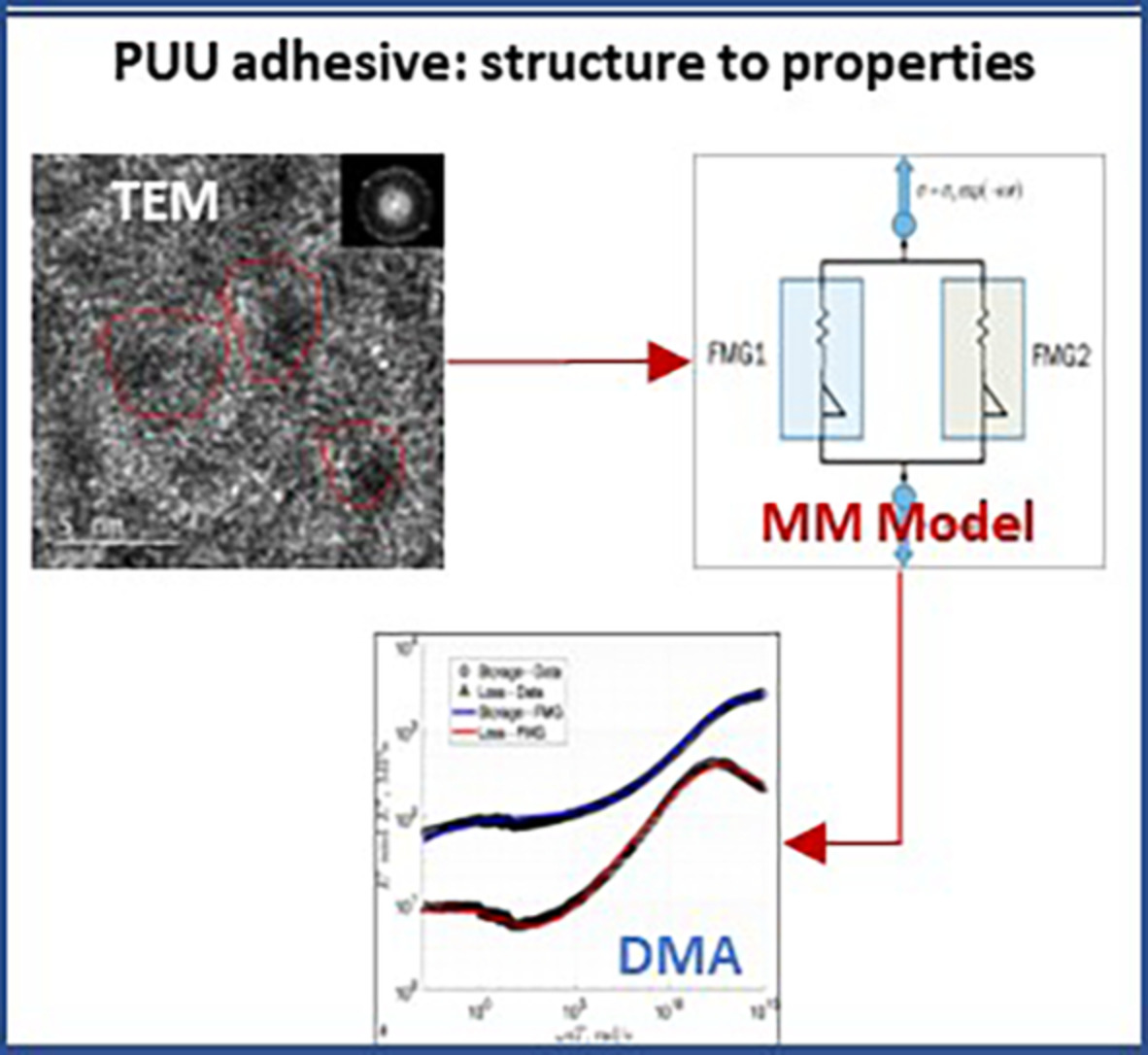
Polyurea (PUa) adhesives have unique properties due to their nanophase-separated morphology. Here, multiple experimental techniques (TEM and DSC) are used to elucidate the hard phase domain structure as a function of the formulation. A new micromechanical model is then proposed to describe linear viscoelasticity of the material and successfully validated based on DMA measurements.
Extrusion 3D printing of a multiphase collagen-based material: An optimized strategy to obtain biomimetic scaffolds with high shape fidelity
- First Published: 09 January 2023
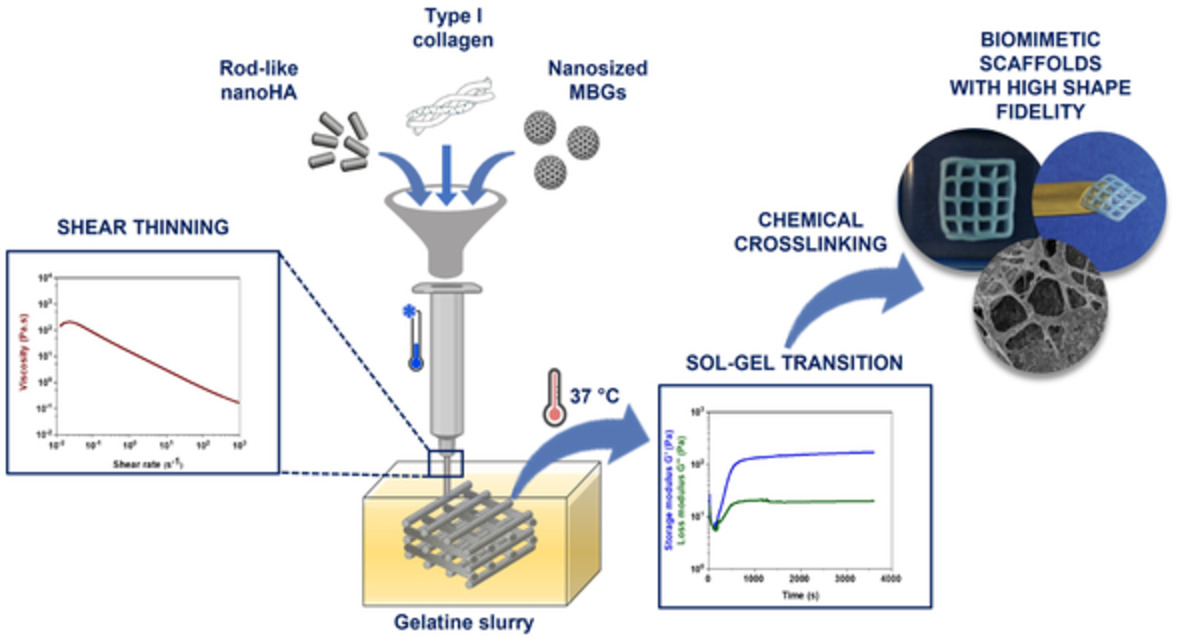
A multiphase biomaterial ink combining type-I-collagen with nano-sized mesoporous bioactive glasses and nanohydroxyapatite was successfully designed to mimic the natural composition of bone. Based on rheological data and computational-fluid-dynamic models, the printing set-up was optimized to obtain scaffolds characterized by high printing fidelity and complex geometries, where the final mechanical stability was further enhanced by a chemical genipin crosslinking method.
Demulsification of W/O emulsions using highly branched polymer demulsifier with 2,6-naphthalenedicarboxylate as centronucleus
- First Published: 03 January 2023
Synthesis and characterization of multi-ionic block copolymers and blended membranes for chemical protective clothing applications
- First Published: 04 January 2023
Understanding glycidylation reaction for the formation of pure mono, diglycidyl and dual monomers as glycidyl methacrylate of vanillyl alcohol
- First Published: 09 January 2023
Enhanced thermal conductivity of polyarylene ether nitrile composites blending hexagonal boron nitride
- First Published: 11 January 2023
Simultaneously improving of thermal resistance and mechanical performances of cyclic olefin copolymers by incorporation of bulky adamantane side group
- First Published: 03 January 2023

A series of cycloolefin copolymers bearing bulky adamantane side group were prepared and characterized. Benefited from the significant steric hindrance of adamantane, both the unsaturated polymers and hydrogenated polymers showed outstanding thermal resistance, even at low NBDAE incorporations. Besides, the obtained COCs also exhibited improved mechanical performance and excellent transparency.
Preparation and drug release performance of amphiphilic medical hot-melt pressure sensitive adhesives based on polystyrene-isoprene-styrene
- First Published: 03 January 2023
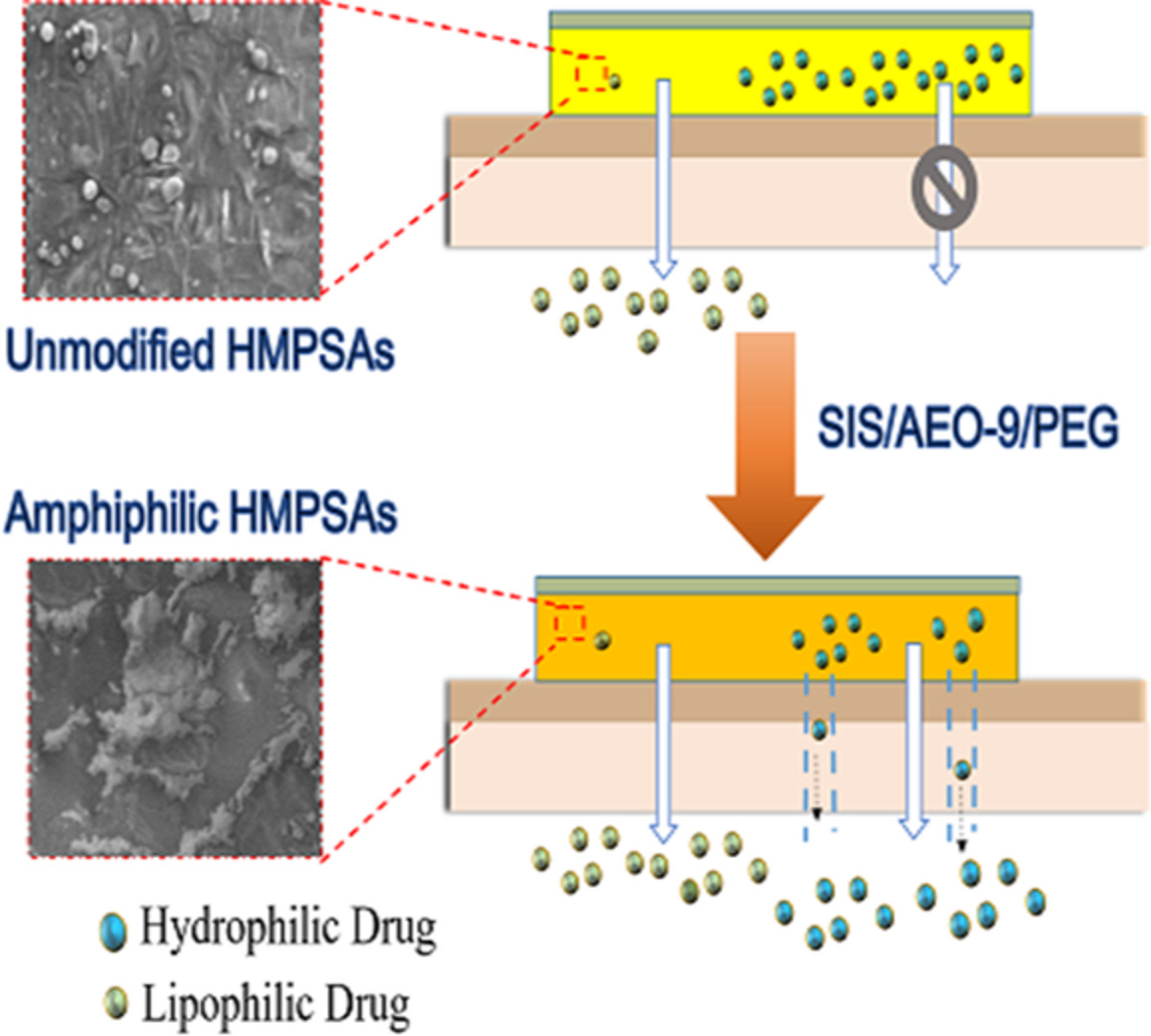
Modification mechanism of amphiphilic HMPSAs. Because of their nonpolar structure, hot-melt pressure-sensitive adhesive (HMPSAs) with SIS as the base material have significant difficulties in hydrophilic drug release. SIS-based amphiphilic medical HMPSAs SIS/AEO-9/PEG was successfully prepared in this study using AEO-9 and PEG of varying molecular weights. It can achieve the co-release of lipophilic and hydrophilic drugs, which has a wide range of applications.
Solid polymer electrolyte membrane based on cationic polynorbornenes with pending imidazolium functional groups for all-solid-state lithium-ion batteries
- First Published: 09 January 2023
Ferroelectric and relaxor ferroelectric activities of the P(VDF-TrFE) and its blends synthesized by (SiMe3)3SiH hydrogenation process
- First Published: 03 January 2023
Novel antistatic glass fiber reinforced heat-resistant PA10T composites with excellent processing properties and thermal stability
- First Published: 04 January 2023
Interfacial adhesion of immiscible component polymers of isoprene rubber and α-olefin copolymer by chemical reaction using peroxide crosslinking agent
- First Published: 05 January 2023
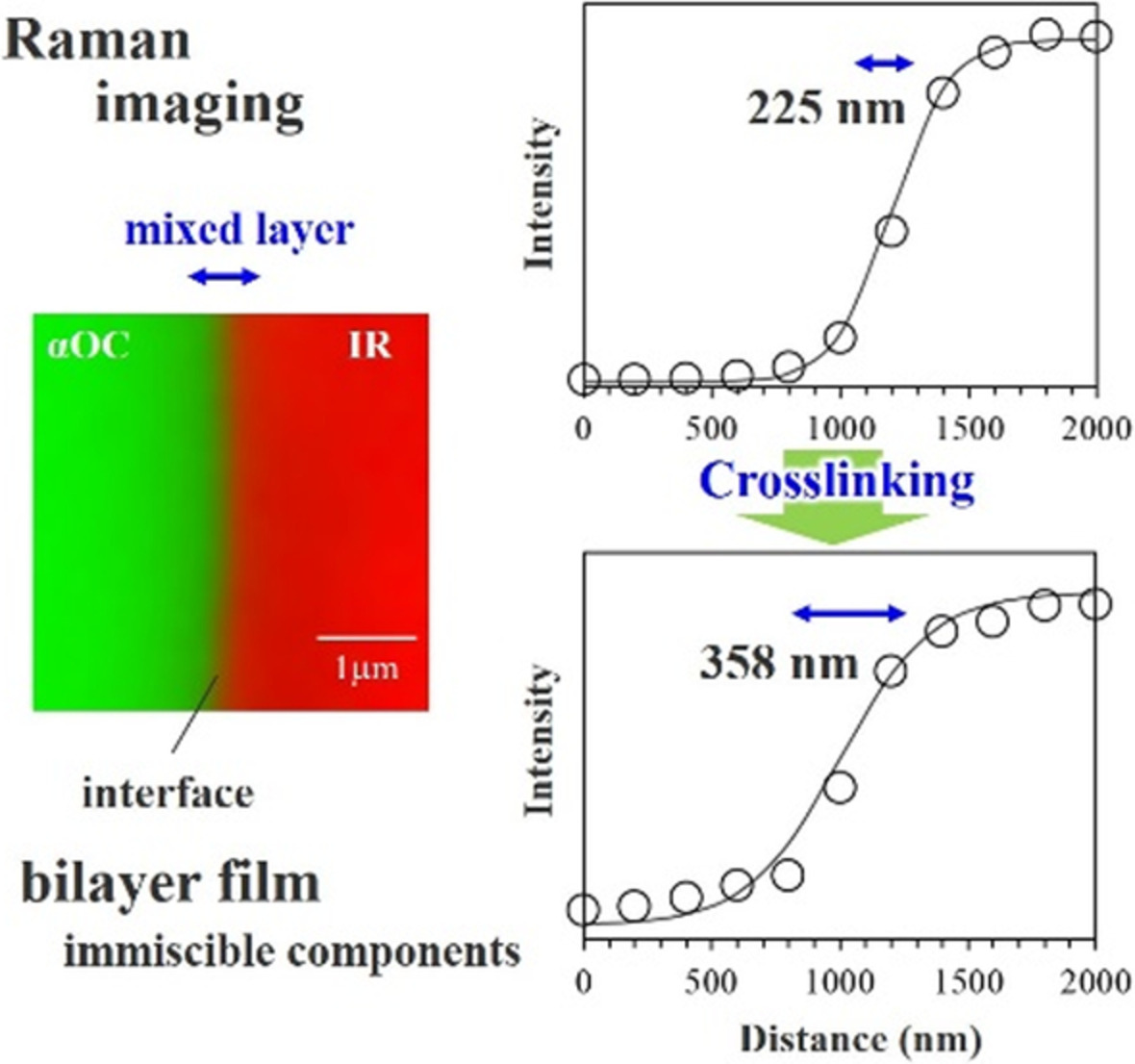
Confocal-Raman spectra revealed that a mixed layer having a distance about 358 nm was formed at the interface of immiscible component polymers of IR and αOC by chemical reaction using peroxide crosslinking agent. Owing to the existence of the mixed layer at the interface, the adhesion strength was large and the tensile stress of the IR was enhanced.
Investigation of rubber flow during tire shaping process by experiment and numerical simulations
- First Published: 06 January 2023




